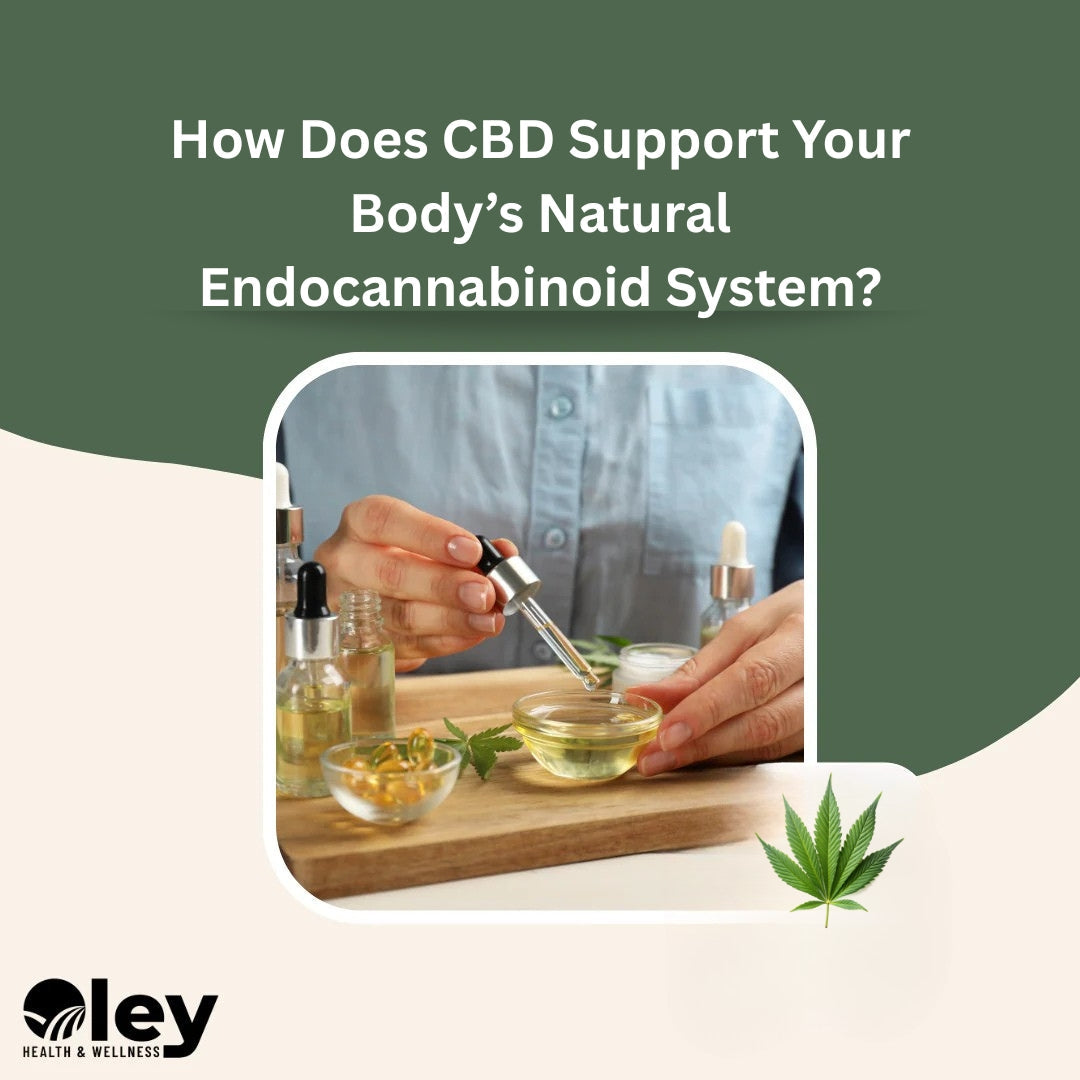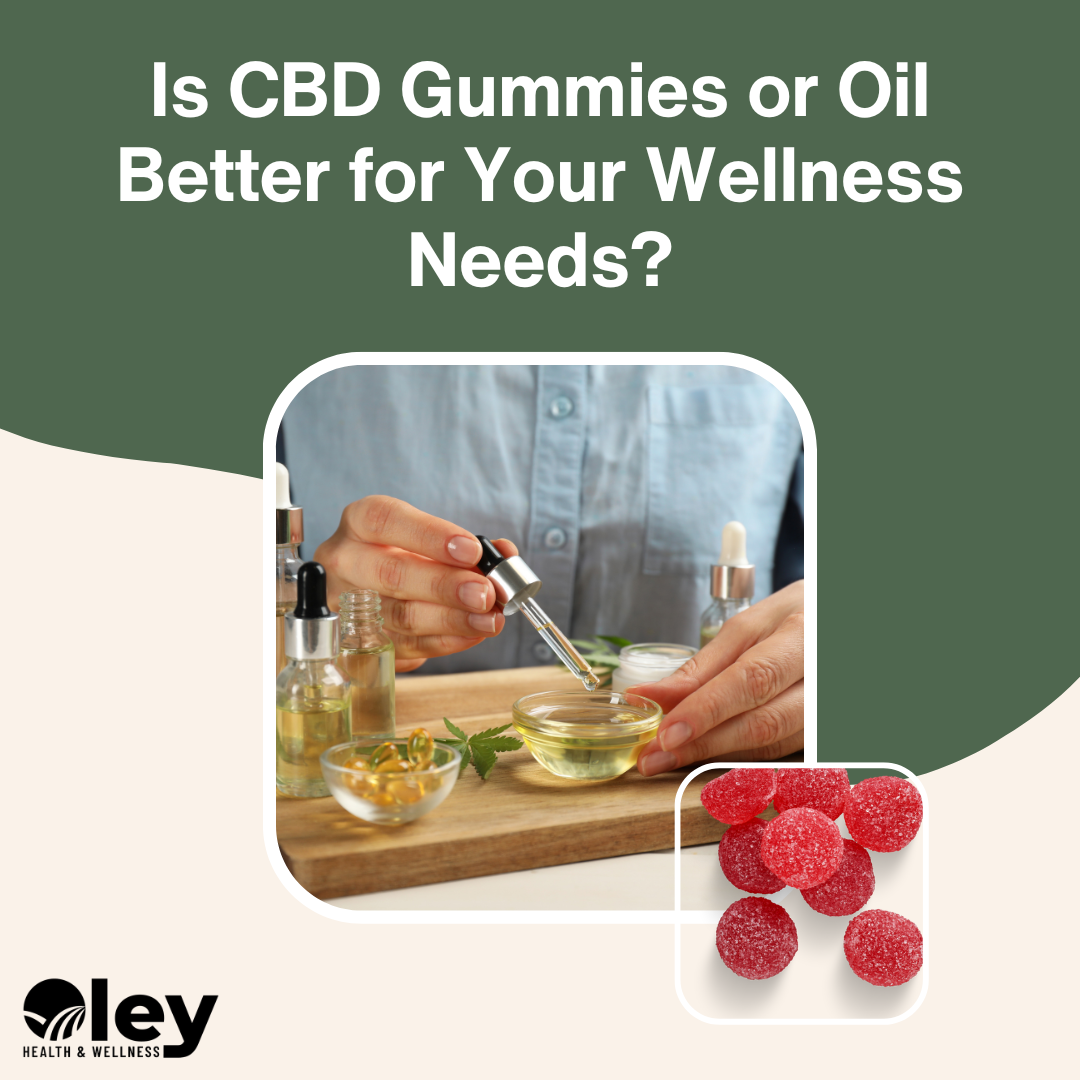As climate change becomes more and more present in our lives, consumers are seeking out ways to reduce their environmental impact in everything they do.
We’re so conscious now that even the fast fashion clothing industry hasn’t been spared.
The recent federal legalization of hemp in 2018 kick-started a boom in conversations about the sustainability of fabrics, focusing on the pros and cons of hemp and cotton.
Our team at OleyHemp dived into the debate to see whether hemp or cotton was better for the environment and for us. What we found surprised us. Read our insights below to get your facts on this debate.
A Brief History of Hemp and Cotton
Humans have been using hemp and cotton to make clothes for nearly 8,000 years.
The earliest piece of hemp clothing, dated around 7,000 BCE, was a baby wrap found in Turkey in 2014. Other excavations have unearthed hemp-based clothing artifacts in northern China, where hemp was cultivated for over 6,000 years until cotton arrived, and Viking Europe.
Hemp is believed to have been popular in the area to the east and west of Mesopotamia (present day Iraq and Iran) because of its tolerance to dry, cool weather.
Ancient civilizations valued hemp for its medicinal properties and strong fibers, often using it to make a variety of items from ropes to clothes to sails.
Cotton, in contrast, appeared a bit later in human history, and on an entirely different continent to hemp.
One of the earliest cotton textiles, an indigo blue cotton fabric believed to have been used in a ritual, was discovered in the desert area of Huaca in Peru. Scientists believe the 6,200 year old cloth was made using the same techniques we use to make dyed cotton jeans today.
Subsequent excavations have revealed that Ancient Egyptians also used cotton in their rituals, mostly to wrap mummies for preservation in tombs.
Historic texts in India and Pakistan show that cotton was widely cultivated for clothing - so popular it was that after Alexander the Great conquered the northern Indian kingdoms in 325 BCE he clothed himself entirely in cotton.
Up until the late 1800s, hemp and cotton were both popular fabrics. But the rise of the British Empire and its far-reaching colonial cotton industry, and the high production costs of hemp, led to cotton becoming the more popular fabric.
By the 1920s, the cotton industry had gotten so large that cotton lobbyists successfully persuaded American politicians to pass the Marihuana Tax Act in 1937, which effectively outlawed hemp until it was overturned in 2018.
Is Hemp More Environmentally-Friendly than Cotton?
You’ve probably seen the recent hype on social media and the news about hemp’s environmental benefits. But how much of it is true? We did some research and found that hemp outperforms cotton on the environmental front by several points.
Water Requirements
Most varieties of hemp require about 25 inches of rain per year while cotton thrives in environments that receive an average of 40 inches of annual rainfall.
Both crops need consistent and adequate irrigation, but water-related problems plague the cotton supply chain much more than hemp.
Researchers found that cotton farmers in many parts of the world often divert groundwater and river water to irrigate their cotton fields.
It’s estimated that 97% of the Indus River in India is being diverted to cotton plantations. An even starker example is the shrinking Aral Sea in Central Asia that is today only 20% of its original size in 1960 due to water mismanagement by cotton farmers.
When you add the water needed to process cotton into a usable fabric, the total amount needed for its entire supply chain rises to about 4 times the amount needed for hemp.
Pesticide Use
To grow cotton, you need a lot of synthetic chemical pesticides. It’s highly vulnerable to pests and cannot tolerate drought or flooding very well.
Some experts estimate that the cotton industry uses about 16% of the world’s global insecticide supply, the largest amount for any crop. As a consequence of inhaling and touching the chemicals, many cotton farmers suffer from chronic illnesses and depression.
Insecticides and pesticides are also quite expensive and they eat into the earnings of these smallholder farmers.
Hemp, on the other hand, is pest-tolerant. Though the plant has about 300 known insect pests, it produces cannabinoids that repel most pests and kill bacteria and fungi. Most farmers growing hemp today rarely use any pesticides.
Yield Per Acre of Hemp and Cotton
One acre of hemp produces an average of 1,750 lbs of textile-grade fabric while cotton produces only about 900 lbs on the same land area.
Some researchers have even shown that you can get up to 2,650 lbs of hemp fabric per acre.
The lower yield of cotton means that farmers have to clear more land to farm the crop. Often, forests are cut down to make space. This leads to severe habitat loss for thousands of animal species and, not to also mention, an unprecedented increase in soil degradation.
Over 80% of the Tugai Forest in Central Asia, for example, has been destroyed for cotton farmland. This desert forest oasis is a vital stop for over 150 species of birds that migrate every year.
Some people might argue that because hemp is not a widely cultivated plant (yet), we have yet to see its actual environmental impact.
There’s some truth to this, but looking at the environmental devastation that cotton has caused and continues to cause, hemp’s pest tolerance, low water needs, and high yield are all promising reasons that this plant could be the most sustainable fibre we have right now.
Which fabric is more comfortable to wear?
So it’s clear that hemp is more environmentally sustainable than cotton. But what about comfort? Since most of us are so used to wearing cotton, can hemp be as easy to wear?
Softness
Cotton is known for being soft and comfortable against the skin while some hemp fabrics can feel a bit rough at first.
But, that said, with more and more washing, hemp becomes softer and smoother. That’s not always the case for cotton, which thins out and becomes frayed after too many washes. Hemp gets softer but it stays intact; a testament to its durability.
Breathability
Cotton and hemp both have about the same level of breathability. Both fabrics don’t hold moisture, which is a real boon when you’re all sweaty. They allow moisture to evaporate from the skin, leaving you cool and fresh.
But hemp has one advantage over cotton here: in addition to being moisture wicking, it has physical properties that prevent the growth of mold and mildew. That means no more odor problems to worry about.
Stretch
If you’ve worn a cotton t-shirt for years, you’ll know that it eventually stretches out of shape. Hemp fibers, on the other hand, are so strong that they rarely stretch out of shape, remaining taut throughout their life.
For those who want a bit of stretch in their clothes, cotton is the better choice here. But for long-term form, hemp is recommended.
Colour
Hemp is much more absorbent than cotton and therefore holds color for much longer. It also dyes better than cotton or linen.
In addition, because of hemp’s superior ability to screen most of the sun’s UV rays, dyed hemp fabrics are less likely to fade than cotton fabrics.
Longevity
Hemp degrades slower than cotton because of its high tensile strength, which is 4 times the strength of cotton. Where a cotton shirt might last 10 years, hemp clothes can last up to 30 years. Hemp’s longevity makes it an ideal fabric for quilts and towels.
Also, cotton is more sensitive to temperature changes than hemp. Washing a cotton shirt in hot water can cause it to shrink but the same won’t happen to a hemp shirt.
Is hemp or cotton more expensive?
At the moment, hemp is more expensive than cotton for two main reasons: low production rates and federal guidelines on organic production.
Because hemp farming has just started to become a thing again, the available hemp fabric quantities aren’t as abundant as cotton.
A USDA report shows that there were 146,000 acres of hemp in the US in 2019, compared to about 12 million acres of cotton in the same year, and that’s just in the US alone.
As a result, manufacturers of hemp clothing have to raise the price of hemp clothes a bit higher to cover their overhead and production costs. But once hemp fabrics become more abundant in the near future, we can expect to see a drop in prices.
Then there’s also the USDA organic certification for hemp fabrics. According to some sources, it can cost up to $5,000 USD to get the certification, with additional costs per year to maintain it. Farms must also have the right paperwork, equipment, seeds, and packaging to meet the requirements.
When you add all those costs together, it’s no wonder why hemp is more expensive than cotton. As the hemp supply (and supply chain) continues to improve, the price gap between hemp and cotton will likely close.
Our verdict: hemp is better than cotton
After weighing the pros and cons of hemp and cotton, we can proudly say that hemp is the better of the two.
Despite the currently high prices, hemp beats cotton on the environmental and comfort fronts. Hemp barely requires pesticides to grow and its water consumption is just 25% of what cotton needs. Let’s also not forget that you don’t need to cut forests down to grow hemp.
Hemp fabrics also last longer than cotton. For people who, like us at OleyHemp, enjoy investing in a long-lasting, fashionable wardrobe, hemp’s the best option we have right now. Each piece matters more to us, and we help reduce waste.
Use OleyHemp’s products to help save the planet
If you’re looking to switch to more sustainable products, try OleyHemp’s 100% biodegradable hemp products.
Made from organic hemp grown in Montana, Oregon, and Pennsylvania, we take care to use only the best natural ingredients to protect the planet and our customers.
We stock everything from CBD oils to CBD-infused honey to 100% hemp kitty litter. Visit us to start shopping in our online store today.





